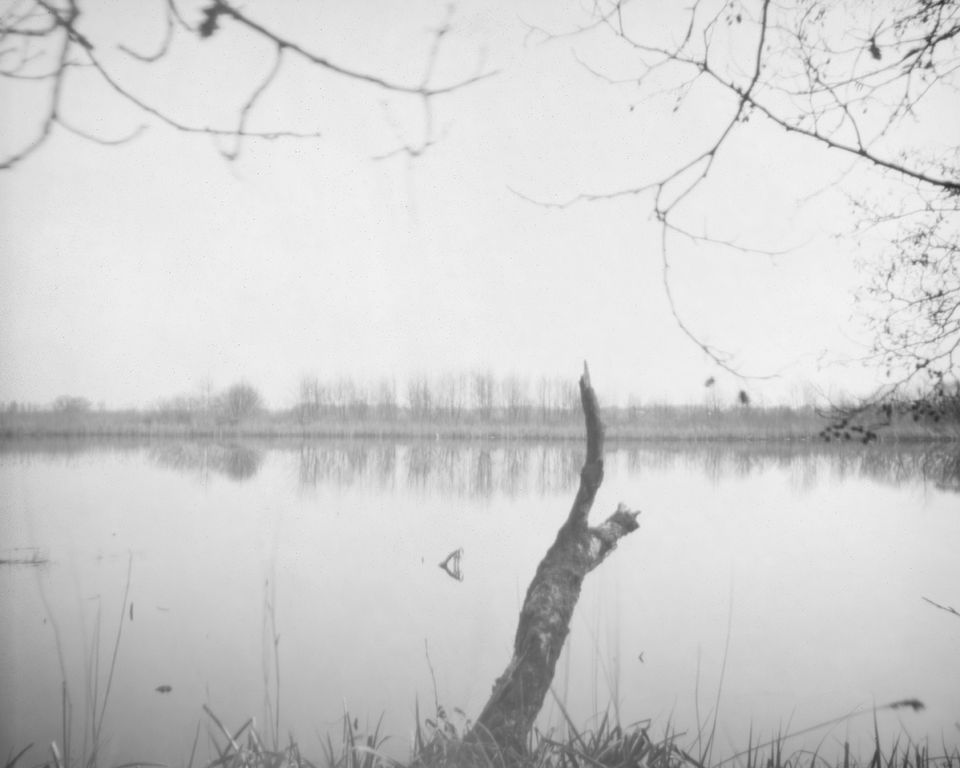Location
353 to 384 of 942 results
-
Pettebosk Forest Playground
Pettebosk Forest Playground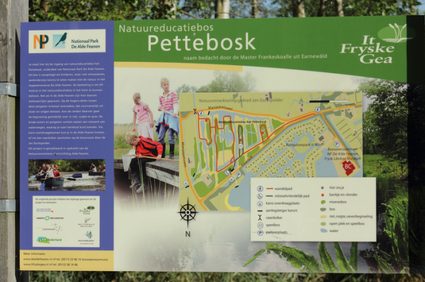 Earnewâld
Earnewâld -
De Mieden - Kijkheuvel met Vogelkijkscherm
De Mieden - Kijkheuvel met Vogelkijkscherm Kootstertille
Kootstertille -
Oudemirdum - De Betonpleats - Seedykkiekje uitkijkplatform
Oudemirdum - De Betonpleats - Seedykkiekje uitkijkplatform Oudemirdum
Oudemirdum -
Sneekermeer - Grutte Potten - Kijkheuvel met scherm
Sneekermeer - Grutte Potten - Kijkheuvel met scherm Offingawier
Offingawier -
Waddenpavilion De Voormalige Noorman
Waddenpavilion De Voormalige Noorman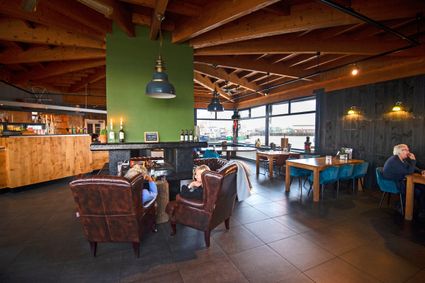 Lauwersoog
Lauwersoog -
Grutte Pier Brouwerij
Grutte Pier Brouwerij Wyns
Wyns -
Bed & Breakfast Ferdivedaasje
Bed & Breakfast Ferdivedaasje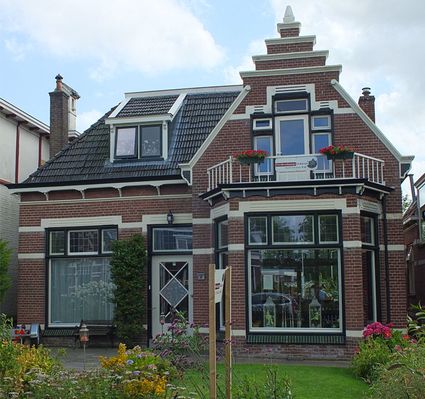 Dokkum
Dokkum -
Marboei MB43
Marboei MB43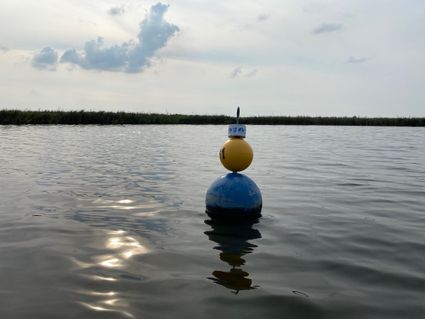 De Alde Feanen
De Alde Feanen -
Waterpark Zwartkruis
Waterpark Zwartkruis Noardburgum
Noardburgum -
Regional Walkway Noardlike Fryske Wâlden
Regional Walkway Noardlike Fryske Wâlden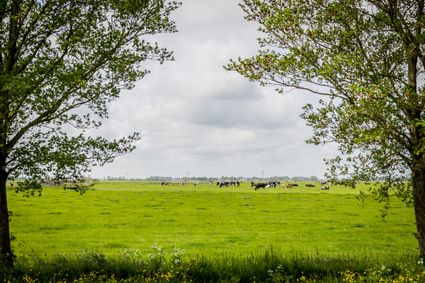 Noordoost Friesland
Noordoost Friesland -
Workumer Buitenwaard - Bijenkamp
Workumer Buitenwaard - Bijenkamp Workum
Workum -
De Leijen - Uitzichtpunt Malewei
De Leijen - Uitzichtpunt Malewei Eastermar
Eastermar -
Franeker (Frjentsjer)
Franeker (Frjentsjer)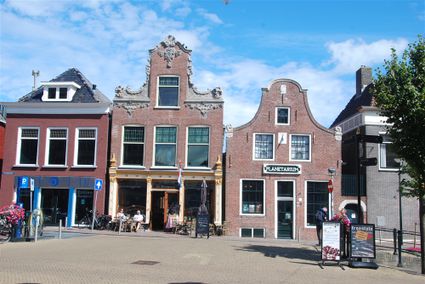 Franeker
Franeker -
Copini Buitensport
Copini Buitensport Leeuwarden
Leeuwarden -
Stania State Country House and Estate
Stania State Country House and Estate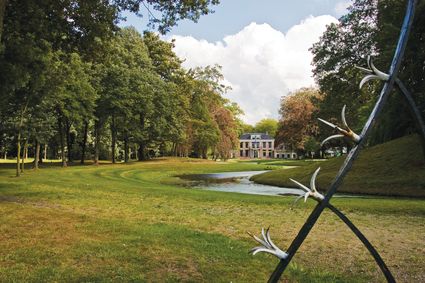 Oentsjerk
Oentsjerk -
Het Lage Noorden
Het Lage Noorden Marrum
Marrum -
Burgum Bergummerdaam | Laadpalen aan het water
Burgum Bergummerdaam | Laadpalen aan het water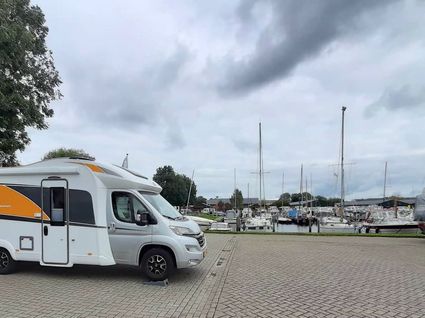 Burgum
Burgum -
Ritskebos
Ritskebos Burgum
Burgum -
Theaterkerk Nes
Theaterkerk Nes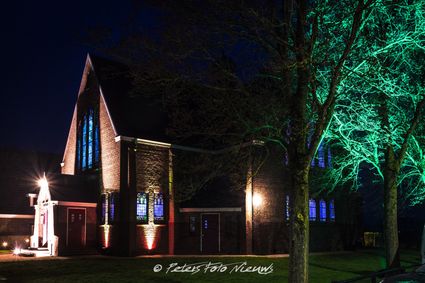 Nes (NEF)
Nes (NEF) -
Veerpont Hin en Wer (Eernewoude)
Veerpont Hin en Wer (Eernewoude) Eernewoude
Eernewoude -
Beaches at Lauwersoog
Beaches at Lauwersoog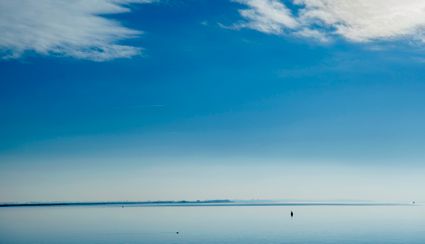 Lauwersoog
Lauwersoog -
Camping de Blijer Wadden
Camping de Blijer Wadden Blije
Blije -
Gedicht: Underwrâld | Elske Kampen


Accept cookies to see this content.


Accept cookies to see this content.
Gedicht: Underwrâld | Elske Kampen
Bekijk hier het gedicht in gebarentaal (NGT)
ÛNDERWRÂLD
moarn draach ik de bernespultsjes,
sjuery foar fersierde weinen, bûn fan jonge
feinten, de man dy’t stroffelet oer de grins
tusken dronken nacht en matinee
de band mei jierren-80-hits, froulju dy’t
as frije fammen út it sicht fan manlju dûnsje
oant stilte ûnferwacht nei middernacht
wreed de betsjoening brekt
ik dimp it roppen, razen, garje glês en
flessen, draach it doarpsfeest trije dagen oant
fantoomfoarm kantich giel neitiid oantsjut
wêr’t op myn fjild de tinte stie
krekt dan wit ik yn my in stille wrâld as
skielk mei kâlde hân winter boppe my it wetter
huverjend ta stilstân set, in souderflier fan
iis oer my hinne leit
fan grien nei brún myn gers rustkje mei yn
rêst, myn oerflak wurdt ta ûnderwrâld, ik my
ta sliepen lis en mins en feest ferjit, troch
myn dream it lûd fan izers sjit Aldtsjerk
Aldtsjerk -
Logement Nij Bonga
Logement Nij Bonga Holwerd
Holwerd -
The bombing of Terherne lock
The bombing of Terherne lock
On 11 November 1944, pilots of the Royal Canadian Air Force, based at Welschap airfield near Eindhoven, were ordered to bomb the lock at Terherne in two groups. The reason for the bombardment of Terherne lock was to restrict (German) transport movements. The lock complex was situated on the main shipping route from Germany via Groningen to the Randstad, along which the Germans transported goods and military equipment.
After the railway strike in September had already disrupted rail transport considerably, actions against shipping traffic followed in the months thereafter. The southern part of the country may have been liberated, but fierce battles were still to be fought in the other parts.
Such was the case on that 11th November just after nine o'clock in the morning when the two groups of Hawker Typhoon fighter-bombers took off shortly after each other from Eindhoven for their mission. Around 10:00, the lock at Terherne was bombed from the north for the first time and then again around 10:30.
The consequences were huge for the people living on the lock. The wives of both lock keepers, a one-year-old baby and a German soldier were killed. Also, pilot John Gordon Fraser's aircraft was damaged to such extent that he had to make an emergency landing at St. Johannesga. Although the bombing resulted in the northern passageway being deactivated and no longer usable, the southern passageway remained open and could still be used.
Today, a boathouse for the State yacht of the province of Friesland has been built over the southern passage. A new building, that serves as a guest house for the province, was put up on the site of the lock keeper's house on the south side.
A monument has been erected on the northern pier in memory of those who perished at the lock. This monument was unveiled on 10 November 1985 by Hattum Hoekstra, son of 1st lock keeper Wiemer and Tietje Hoekstra. Since then, the commemoration of the dead in Terherne has always taken place at the old lock, and the children of primary school 'It Kampke' have adopted the monument.
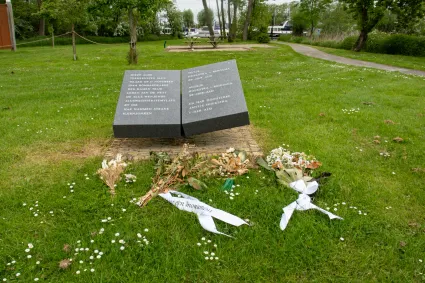 Terherne
Terherne -
Oude rechthuis
Oude rechthuis Kollum
Kollum -
Alexanderkerk Rinsumageast
Alexanderkerk Rinsumageast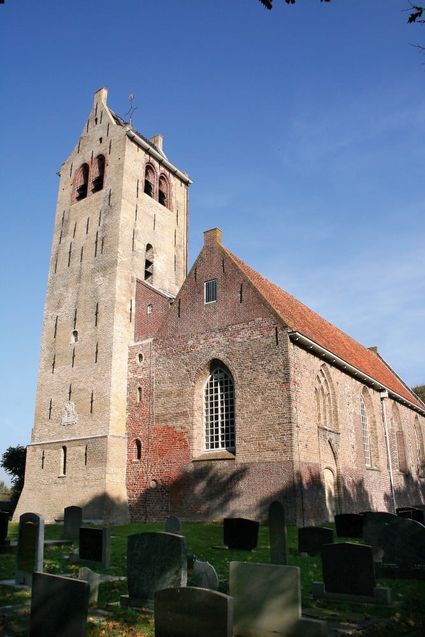 Rinsumageast
Rinsumageast -
Harsta State
Harsta State Hegebeintum
Hegebeintum -
Kunstwerk Feanwâldsterwâl | Baukje Venema
Kunstwerk Feanwâldsterwâl | Baukje Venema
Een kunstwerk van Baukje Venema. Deze foto laat de ijsbaan van Feanwâldsterwâl zien en is uit een reeks van kunstwerken die bij de ijsbanen van de Ijsbaankunstroute door heel Fryslân staan.
 Feanwâldsterwâl
Feanwâldsterwâl -
Kerkmuseum Jannum
Kerkmuseum Jannum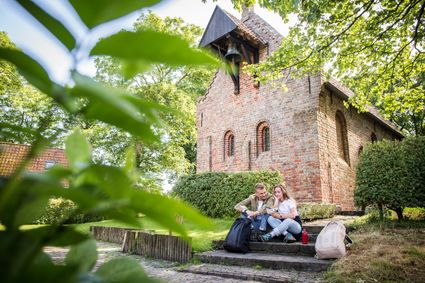 Jannum
Jannum -
Eetcafe 't Breed
Eetcafe 't Breed Eastermar
Eastermar -
Mariakerk Oentsjerk
Mariakerk Oentsjerk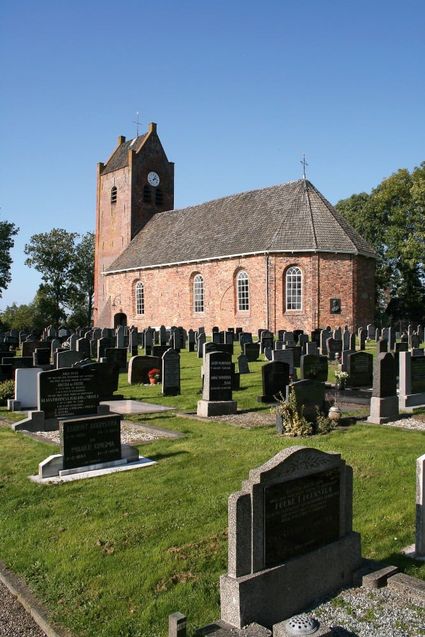 Oentsjerk
Oentsjerk


